BITS / Developments / Innovation / ITS / Technology
Bicycles and ITS: Finding the right solutions for Bike Parking
The following was written by Mobility Advisors Ronald Jorna and Robin Kleine and originally published in Dutch for Mobiliteits Platform and is available here: https://www.mobiliteitsplatform.nl/42020FietsenIts
As early as 2005, Ronald presented his research on automated bicycle parking: Facilities without attendants where access is gained by means of electronic identification. This included some concepts where the user doesn’t even have to put their bike in the rack themselves, as the system does it automatically. With these innovations, would any form of human effort and interaction then become superfluous in 21st century bicycle parking?
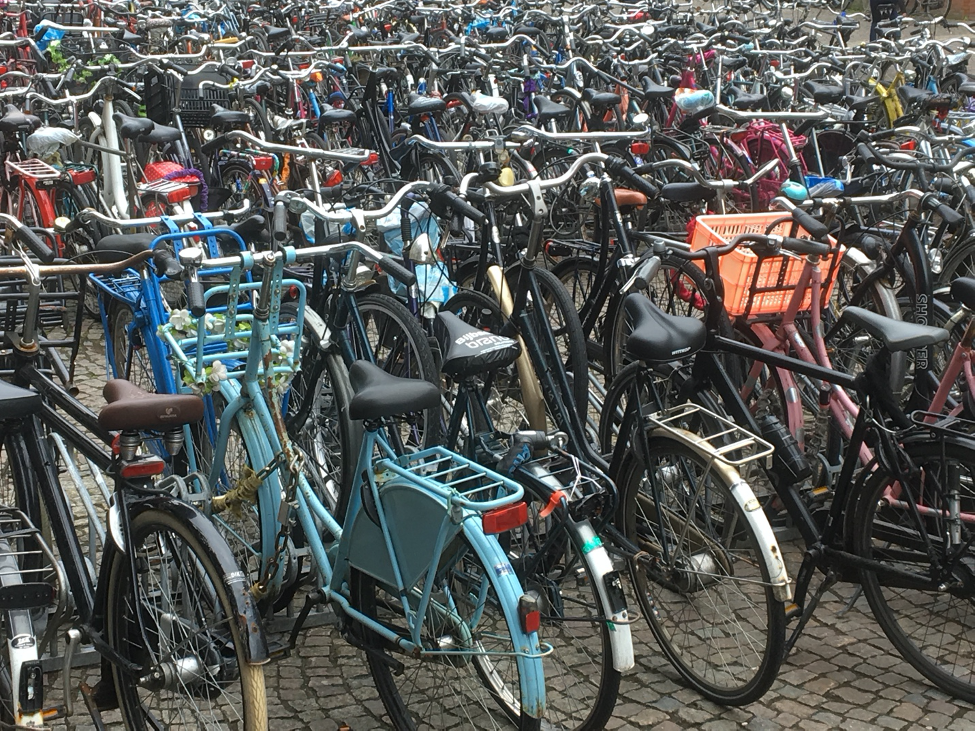
Apparently not, as we continue to park our bikes ourselves, which likely applies to most of you, readers, as well. Fully automated bike parking has only been implemented sporadically and has certainly not broken through in prevalence (except, perhaps, in Japan). Nevertheless, automation does play an increasingly important role in bicycle parking. In addition to real-time availability of parking spaces, cyclists can increasingly benefit from automated conveyor belts and easy check-in and check-out. A better flow of information helps managers to enforce incorrectly parked bicycles and orphaned bicycles, and policy makers benefit from an increasingly better picture of how bicycle parking facilities are used. We see that although there are many possibilities, it is sometimes a matter of identifying which solutions offer added value in which situations.
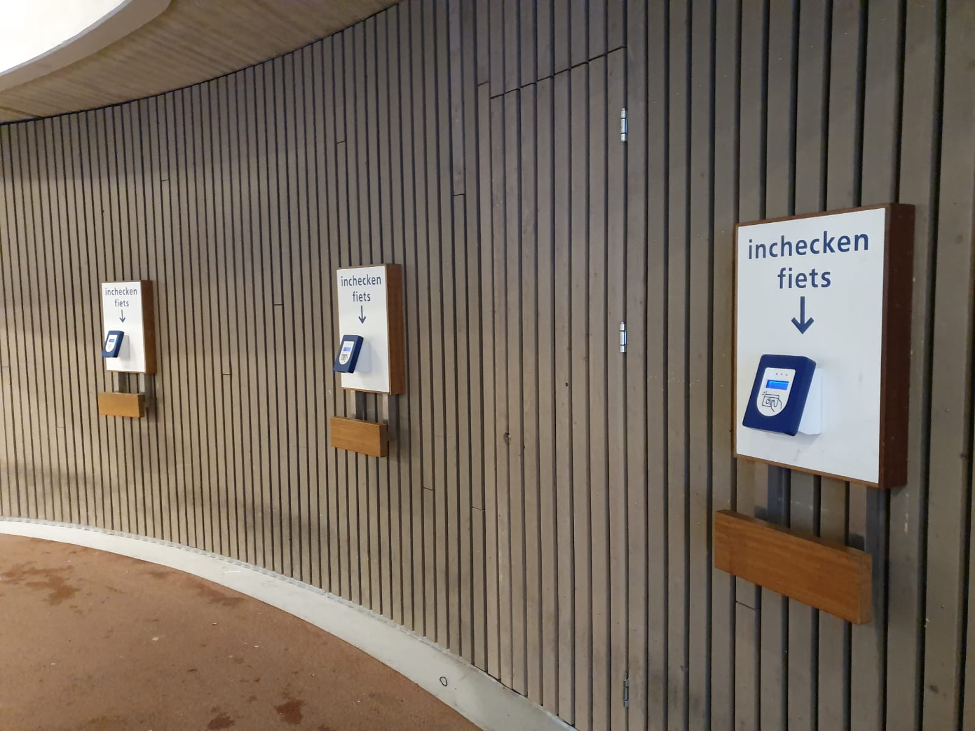
Automated check in and check out systems in Utrecht
By looking at the steps involved in bicycle parking, determining which forms of automation can offer added value is already possible. Table 1 provides examples of these various steps and the possibilities of automation related to them.
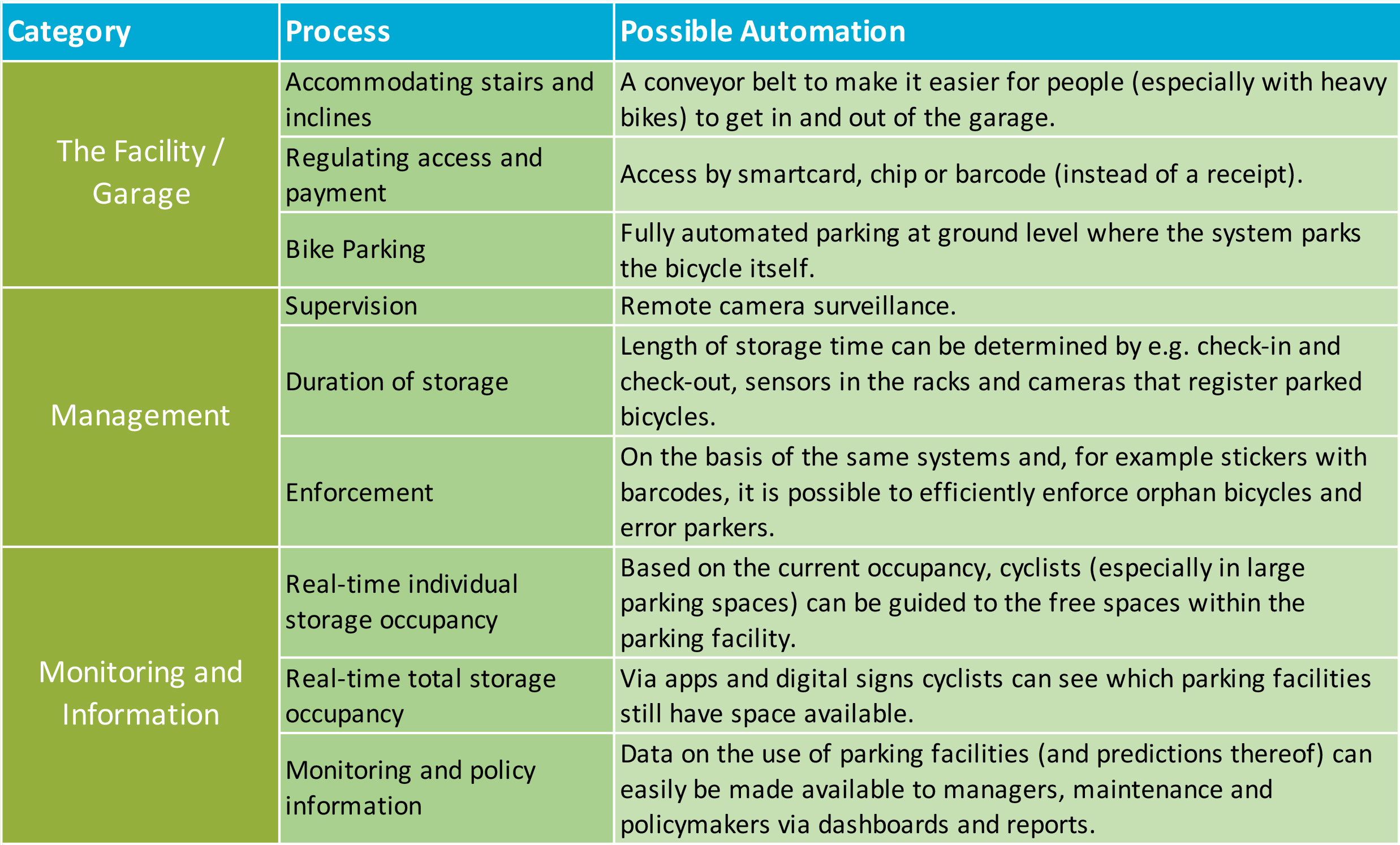
Table 1: examples of bicycle parking processes for automation
On 6 October 2020, as part of the Tour de Force, CROW organised a digital knowledge café focused on innovative bicycle parking concepts. Throughout the café, a number of examples of the above ICT applications in bicycle parking were discussed, including access control, the dynamic bicycle referral system and fully automatic bicycle parking.
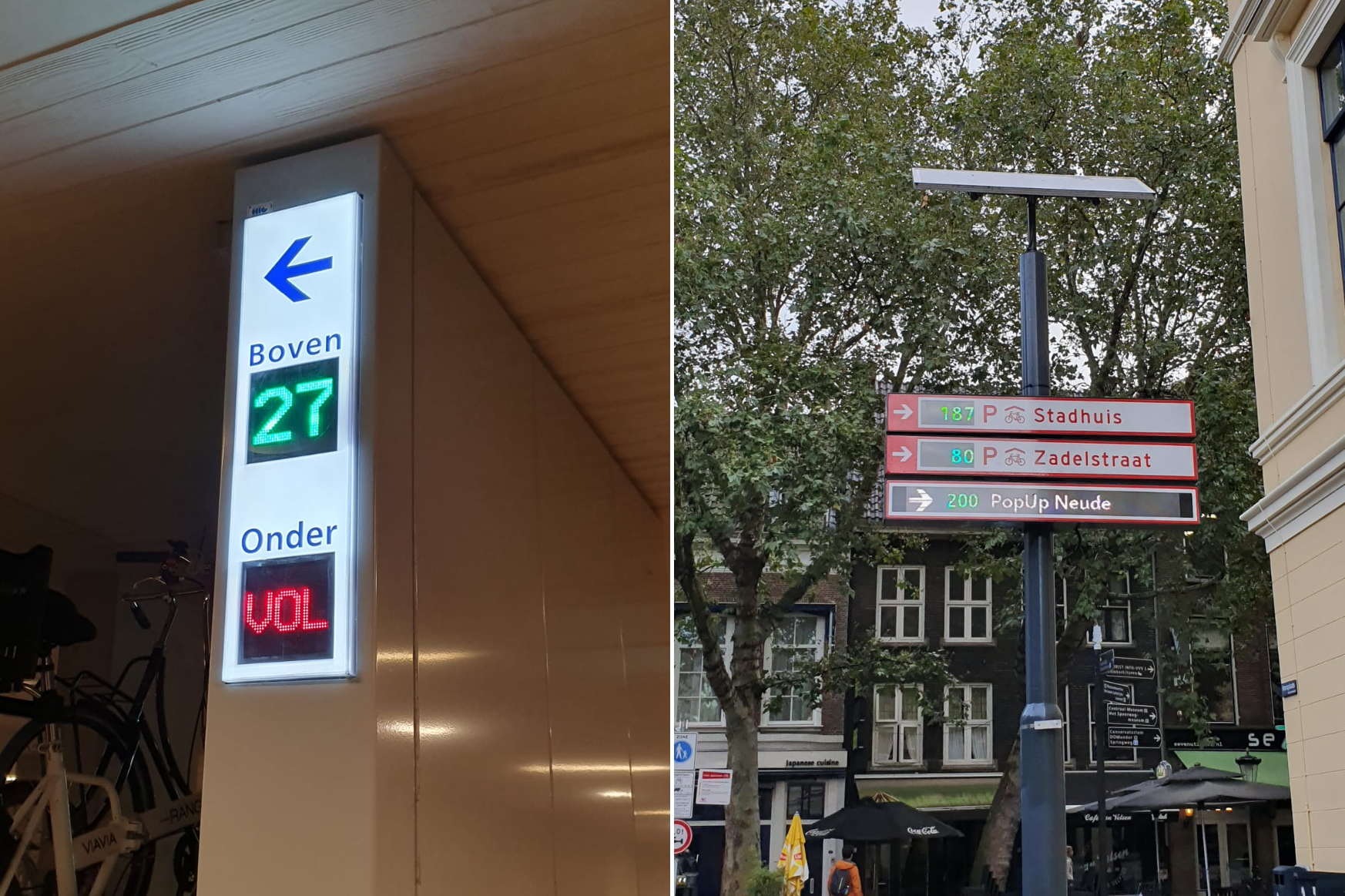
Real-time capacity information from Utrecht: Left – in-facility; Right – external on-street
To date, not every city is exploring or moving towards automated bicycle parking. This is clear from the number or questions and projects Mobycon has been addressing for various clients in the Netherlands and abroad. Where one client may asks us to look at the possibilities for automated parking facilities, another is asking us for a more traditional bicycle parking solution. In the former scenario, Mobycon first looks at what the purpose of the intended parking solution is, and only then at the possible technological solution. Important questions are first posed: Do you want a 24/7 bicycle parking solution? Control of orphaned bicycles? access control? …and so on. In order to make use of the opportunities offered by ICT in bicycle parking without blindly implementing innovation, we have developed a schematic approach, as shown in figure 1.
Figure 1: Visualisation approach
1. Proceed in a targeted manner
By naming the goals explicitly, you force yourself to take a critical look at what you actually want to achieve and then consider which interventions will contribute best. Who is your target group? What do you want to achieve and in what context are you operating? This, in turn, becomes an extension of the vision for cycling and the use of public space in a broader sense. By asking these kinds of questions you look at the issue from a broader perspective, preventing an unnecessary push for technology. ITS is a means, not an end in itself.
2. The solution is about more than technology
Technology should always be seen as one component of the broader solution. It should also consider the relationship with the users (Who will be affected by the solution?) and the organisation (Which processes and structures influence the solution? What costs are involved?).
3. Be alert to context and side effects
We do not implement solutions in a closed lab environment, but in the public realm. This often results in unintended side effects on the environment and vice versa. For example, the use of a parking facility is highly dependent on the parking plan and the use of space in the surrounding area (underground parking facilities, for example, can remain underused if street parking is not maintained). In addition, there are all kinds of possible side-effects when using ICT in the public domain, both positive and negative: from impact on mobility and behaviour to issues of privacy, security and technological lock-ins. See our article on the data reflex about the positive side effects in the field of bicycle data.
4. Monitor and evaluate
Continuous monitoring and evaluation of the solution is a prerequisite within our approach: What change does the solution lead to and does it contribute to the goal? How are the technology, users and organisation aligned and is the solution used as intended? What side effects are there and what is done with them?
At the end of the day, ICT applications, if applied correctly, certainly offer possibilities for bicycle parking. In the European project BITS (Bicycles and ITS), more than 20 ICT applications are being implemented to make cycling more attractive. These include two applications in the field of bicycle parking: in both Zwolle and in Bruges, a dynamic parking referral system is being implemented. In this way, an international team led by the Province of Overijssel is contributing to the development of ICT and data within the cycling domain.
Is your city looking for bicycle parking solutions and the role technology and innovation can play in the process? Contact Ronald and Robin to find out how these tools can be applied in your local context.


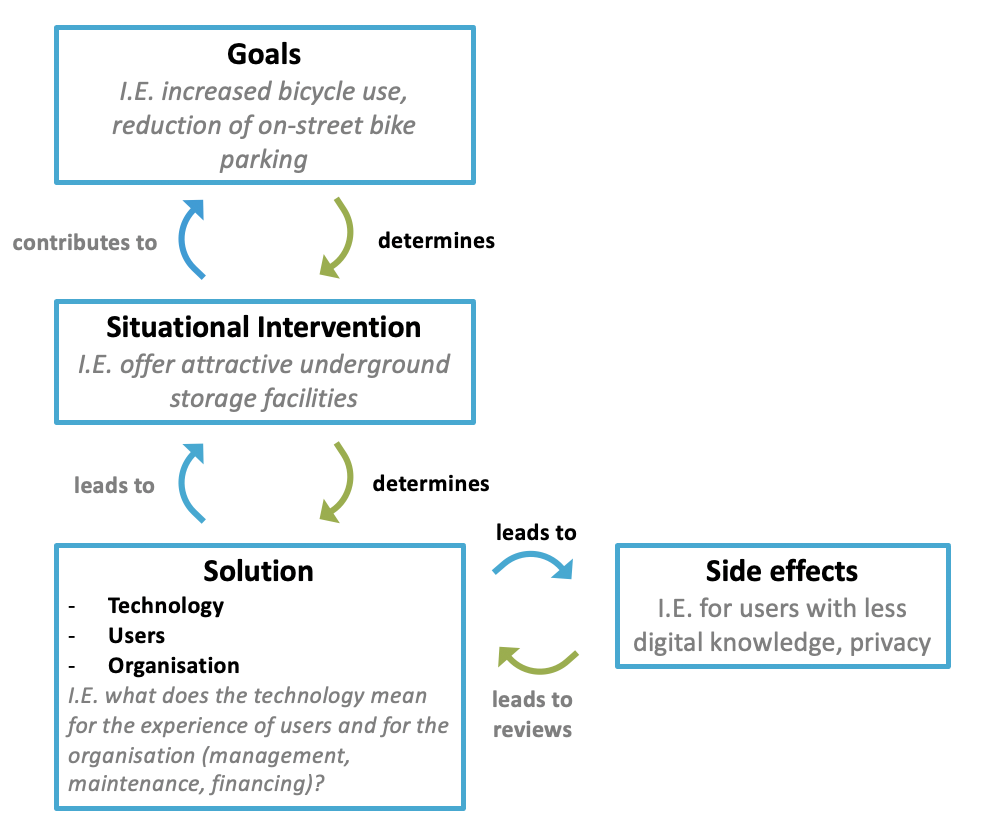
 ">
">